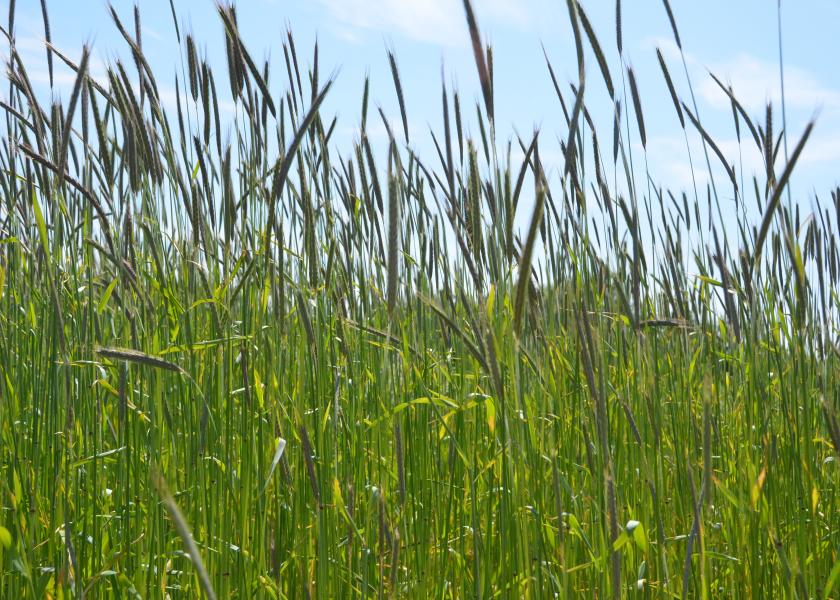Lake Erie's Champion of Soil Health

With hundreds of thousands of Toledo eyes turned toward his farm, Les Seiler is ever-aware of his nutrient loading into the Lake Erie watershed. The Fayette, Ohio farmer is ready to defend his practices every day and says no-till and cover crops make it an easy story to tell.
“We’re in the Western Lake Erie basin where they have a lot of phosphorus pollution and they’re pointing the finger at ag,” Seiler says. “With this target on our back we’ve got to do the best we can with what we’ve got.”
Priority No. 1 for the farmer: Making sure everyone has access to safe and reliable drinking water. Second, he wants to know where and why he could be losing nutrients off the land.
Have a goal in mind and find the practices it takes to meet that goal.
“In 1986 we saw deep gullies from water erosion—land is expensive, we couldn’t afford to lose the land to erosion,” Seiler says. “That leads to sediment runoff into watersheds. That’s how we knew it needed to stop and we started no tilling.”
For Les, who farms more than 1,600 acres alongside his brother, he decided to go above and beyond the norm to protect the soil and keep nutrients from entering the watershed.
“It all goes back to yield and soil testing,” Seiler says. He tests every other year by yield zones, which often correlates with any one of the 32-different soil types on his farm. He watches phosphorus and potassium levels specifically as they’ve lead to cost savings but manages all nutrients in his soils based on this test.
“Constant soil testing gives us the confidence to lower commercial fertilizer use,” he explains. “When you get a couple years into not putting fertilizer out there and not spending that $20 to $30 an acre it can be concerning at first, but the soil test gives you confidence.”
Cover crops are a key to his system. After 10 years of the practice he finds the organic matter added from the winter annual crops invaluable. Overall, Seiler says his practices including no-till, cover crops, tile runoff monitoring and planting green have led to at least $50 per acre in savings—including the cost of cover crop seed and cost to plant.
“Wheat adds a lot of opportunity to build soils when you follow wheat with a blend of multi-species cover crops,” he explains. “It has a lot to do with the different Mycorrhizae that comes with crop diversity and the biological activity that comes with it, like beneficial insects, this whole system is sustainable as Mother Nature designed it. We must be very cautious with the use of insecticides and fungicides [to avoid hurting the beneficial organisms].”
When it comes to herbicides, Seiler has found if the cover crop is heavy enough, rolling may be an option to help cut back on herbicides
“We try to cut back on herbicides a little, but it depends on a number of things,” Seiler says. “If we have a better cover crop stand that helps knock out some problematic winter annuals. When that happens, we cut back on herbicide rates.”
He inter-seeds cereal rye and annual rye grass as cover crops after Labor Day to allow the crop to grow over winter. Seiler also plants wheat, alfalfa and barley to keep a green cover on the ground throughout the winter. He recently began selling his barley for malting, which adds more work, but also additional revenue on top of soil health benefits
“We farm with a massive tool box and we try to find these tools that fit our situation as best we can—it’s all about soil health,” Seiler advises. “The more we improve that the better and more sustainable the system.
“We are doing nothing our parents and grandparents didn’t already do. We’re just trying to find ways to adapt use of these practices to improve soil health.”







